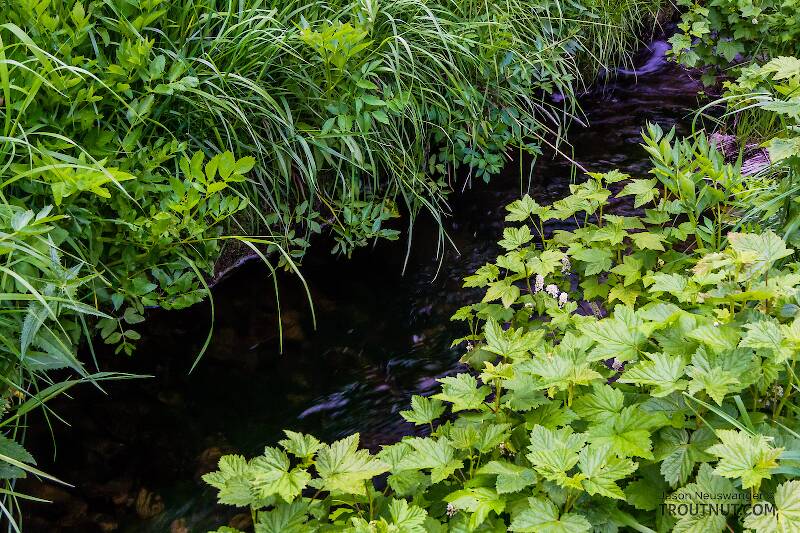
Hex Mayflies
Hexagenia limbata
The famous nocturnal Hex hatch of the Midwest (and a few other lucky locations) stirs to the surface mythically large brown trout that only touch streamers for the rest of the year.


Stonefly Species Allocapnia perplexa (Little Snowflies)
Species Range
Physical description
Most physical descriptions on Troutnut are direct or slightly edited quotes from the original scientific sources describing or updating the species, although there may be errors in copying them to this website. Such descriptions aren't always definitive, because species often turn out to be more variable than the original describers observed. In some cases, only a single specimen was described! However, they are useful starting points.
Description from GBIFthe Global Biodiversity Information Facility
Source: Epiproct And Dorsal Process Structure In The Allocapnia Forbesi Frison, Allocapnia Pygmaea (Burmeister), And Allocapnia Rickeri Frison Species Groups (Plecoptera: Capniidae), And Inclusion Of Allocapnia Minima (Newport) In A New Species Group
Male epiproct. Apical segment upper limb of epiproct ca. 219 µm long and armed over the apical ca. 236 µm with wave-like spikes; apical segment ca. 203 µm wide across basal ear-like projections, and tapered to 89 µm wide at the tip (Figs. 91 - 93). Basal segment ca. 294 µm long and ca. 157 µm wide at mid-length; basal section with a few grooves on dorsal surface and a few obscure, ventrolateral spines (Fig. 94). Lower limb not visible from dorsal aspect. Male tergal process. Prominent raised, bilobed structure on abdominal tergum 8 (Figs. 94 - 96); processes ca. 224 µm wide and deeply notched; notch width ca. 92 µm. Process covered with scale-like structures.
Start a Discussion of Allocapnia perplexa
Stonefly Species Allocapnia perplexa (Little Snowflies)
Species Range
Common Names
Resources
- NatureServe
- Integrated Taxonomic Information System
- Global Biodiversity Information Facility
- Described by Ross, H.H. & Ricker, W.E. (1971) The classification, evolution, and dispersal of the winter stonefly genus Allocapnia. Illinois Biological Monographs 45, 1–166.

